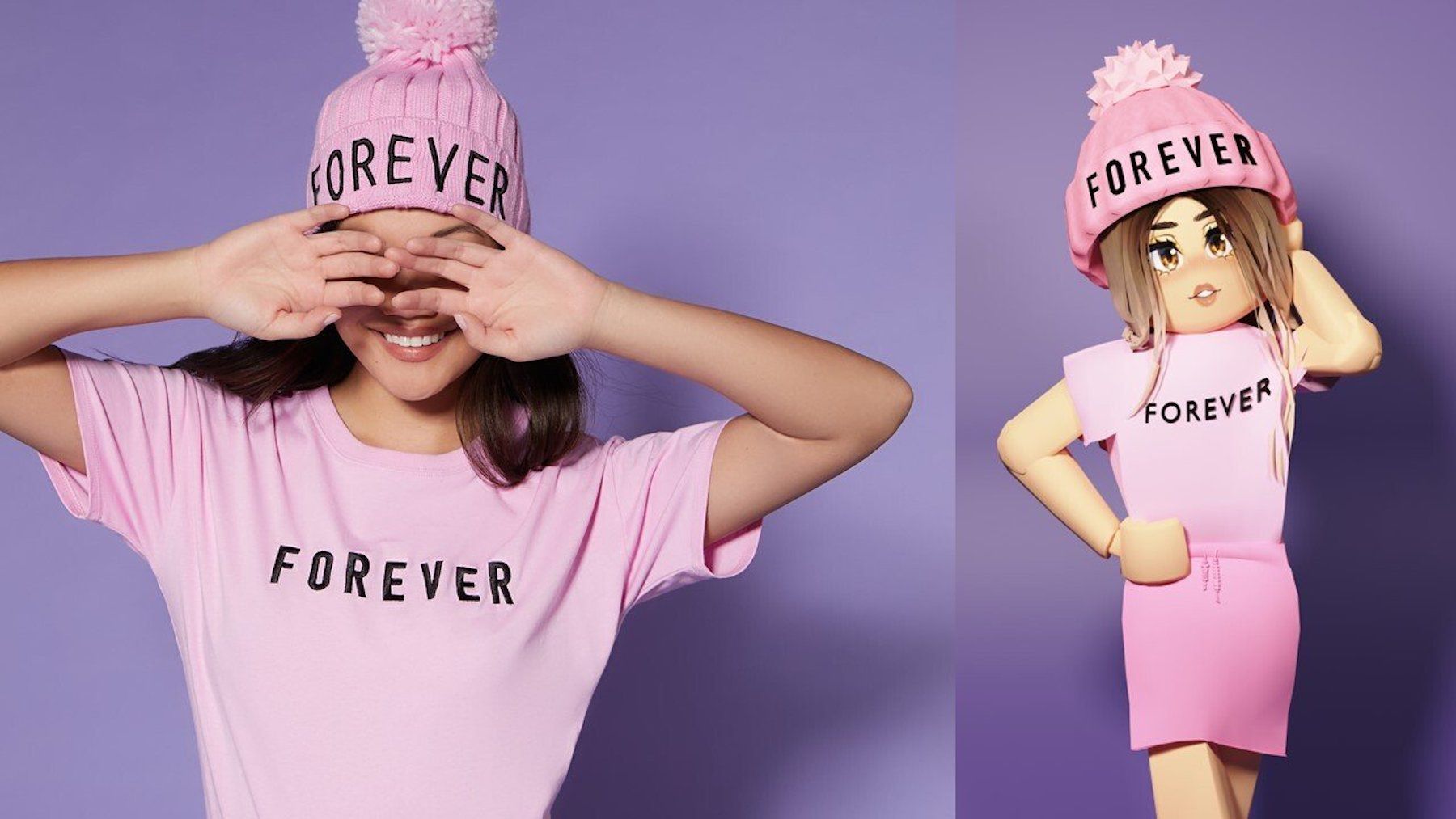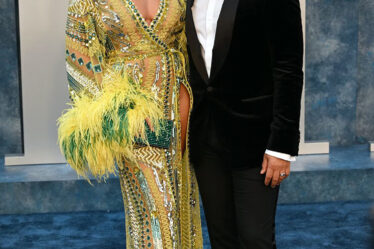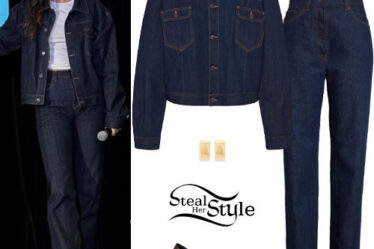
That’s a hypothesis Forever 21 has been incubating since it set up a shop in Roblox a year ago. In the virtual world, the fast-fashion giant made a splash selling digital goods that users buy to outfit their avatars. A black beanie, a product it didn’t offer in the real world, selling for about 70 cents is on track to be purchased 1.5 million times this year, making it one of the brand’s top-performing items ever.
Forever 21 is now bringing that beanie and other digital-first items to its stores and website in what it has called the first clothing line tested in the metaverse.
“We love the idea of testing products digitally,” said Jacob Hawkins, whose roles at Forever 21 include chief marketing officer. “It costs us so much less to test a product digitally than to test it in stores.”
Brands and retailers spanning Gucci to Walmart have piled into the metaverse this year by creating experiences and selling digital goods, with many attempts tied to NFTs and crypto. But few of those bets have made real-world money, and the recent routs in tech and crypto have soured investors on Web3 — a catchall for the future of the internet.
However, Forever 21′s latest push is a sign that virtual worlds have the potential to be more than glorified brand billboards by offering an inexpensive way to create and test products. A digital good can be produced cheaply and quickly by sidestepping the logistical hurdles that bedevil retailers. Forever 21′s digital beanie cost less than $500 to make, according to Justin Hochberg, chief executive officer of Virtual Brand Group, the company hired to build Forever 21′s metaverse business.
“The work of going out and creating a product, talking to a factory, going through all that process — that’s months and months and months of work,” said Hawkins. “To create a product digitally, we can do that in days.”
The rewards are potentially enormous: Annual global spending in digital worlds like Roblox could reach as much as $5 trillion by 2030, according to a June report from McKinsey & Co.
That kind of growth could help Forever 21, which exited bankruptcy in 2020 when it was acquired by Authentic Brands Group, Simon Property Group and Brookfield Property Partners. The chain is already planning more items, including a real-life version of a digital-first prom collection that’s slated to be released early next year.
Forever 21 isn’t alone. Vans, a shoe and apparel brand owned VF Corp., has been testing new colours, textures and designs in its Roblox store. However, the company said it doesn’t have immediate plans to turn them into physical products. Nike Inc. has used its virtual Roblox city to test sneaker prototypes and is starting a trading platform for digital goods.
The challenge will be sustaining the business as the metaverse changes and evolves over the next decade — if it ever comes to fruition at all, that is. There’s also often a disconnect between what people do online and in the real world, according to Sucharita Kodali, principal analyst at Forrester Research. “It’s just not correlated to what actually sells.”
By Allison Smith
Learn more:
Tommy Hilfiger’s livestream of its NYFW show is just the latest example of fashion courting users on the platform, which is also rolling out an immersive new advertising format for brands.



